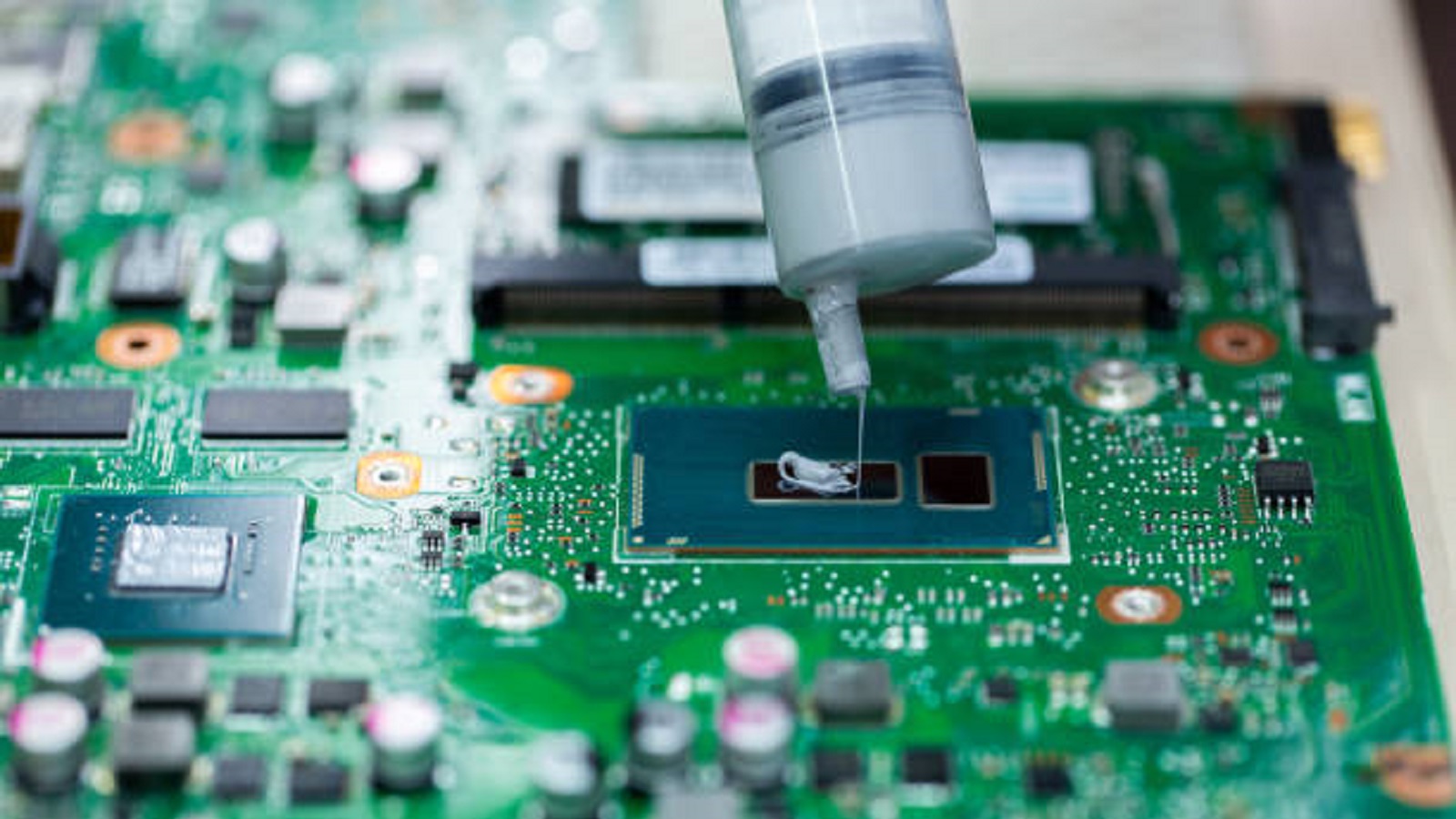PCB Glue
PCB glue secures and insulates components on PCBs, enhancing stability and durability under various conditions in electronics from consumer to aerospace uses.
Printed Circuit Boards can be described as the heart of electronic devices since they ensure that all components are well connected to achieve a robust and functional unit. While much focus is put on the electronic aspects of PCBs, relating to its layout and other componentry issues, the mechanical stability-assuring materials, such as PCB glue, are equally important. This paper looks at the role, types, and application areas of PCB glue in electronics.
PCB glue includes all types of adhesives applied during assembling on printed circuit boards for component fixing, insulation, and increasing stability. These adhesives are designed to handle different environmental conditions that might occur with electronic devices, such as temperature changes, moisture, and mechanical stress.
Functions of PCB Glue
Component Fastening: Among the main tasks of PCB adhesive is to firmly attach components to a board so that they may not readily break free from it. This prevents movements that could result in either disconnections or failures.
Vibration Dampening: Most electronic equipment consider vibrations a factor that induces stress in soldered joints. PCB glue acts like a damper, so it absorbs the vibration, which minimizes mechanical failure.
Thermal Management: Some PCB glues are designed to support thermal management. They do so by providing a path for the heat to dissipate and maintain operating temperatures at their optimal levels.
Electrical Insulation: PCB glue can be used for the insulation of sensitive components. These might help against a short circuit and minimize the risk of electrical failures.

Types of PCB Glue
The epoxy adhesives are well known for their excellent bonding qualities, as well as resistance to adverse environmental factors. Epoxy adhesives are used in applications that require high mechanical strengths.
Silicone Adhesives: Being flexible and resistant to high temperatures, these adhesives have specific value in applications where thermal expansion and contraction of components are likely or already occur.
Acrylic Adhesives: These adhesives provide a balance between strength and flexibility. They are often used for securing components that may need to be reworked or replaced.
Polyurethane Adhesives: With their inherent elasticity and resistance to impact, polyurethane adhesives are used in applications where devices are under considerable physical stress.
Selecting PCB Glue
The selection of appropriate PCB glue requires consideration of the following factors:
Strength: Assess tensile, shear, and impact needs.
Flexibility: Decide if a rigid or flexible bond is required.
Temperature Range: Determine maximum operating temperature.
Cure Process: Consider heat, UV, or room temperature curing.
Dielectric Properties: Consider dielectric strength and resistance.
Conductivity: Consider thermal and/or electrical conductivity.
Chemical Resistance: Consider resistance to solvents, moisture, etc.
Outgassing: This is usually for vacuum or aerospace applications.
Reworkability: Decide whether a temporary or removable bond is needed.
It is highly recommended to talk about application requirements with suppliers of the glue to find an appropriate adhesive match.
PCB Glue Application Methods
PCB adhesives may be applied by a variety of techniques:
Dispensing: Applying dots or lines of precise volumes through needles.
Screen Printing: Stencil-based printing of the adhesive.
Roller Coating: Thin film coating of adhesive with rollers.
Spraying: Aerosol spray application, either free or in confinement.
Brushing: Application using a brush.
Automatic precision application by dispensing or printing offers consistency with no wasted material.
Quality Control
Reliable PCB bonding requires rigorous quality control:
Testing Bond Strength: Conduct destructive tests for each batch.
Monitoring Viscosity: Ensure adhesive viscosity is optimal, especially for dispensed adhesives.
Controlled Storage: Maintain cold storage within specific temperature ranges.
Moisture Avoidance: Protect adhesive from moisture before application.
Shelf Life Awareness: Use glue within recommended shelf life.
Curing Bonds: Fully cured with thermal or UV cycles.
Visual Inspection: Check for complete coverage without voids.
Process Parameter Tracking: Time, temperature, and pressure
Like soldering, glue requires precise monitoring and control to enable consistent manufacturing quality.
Application of PCB Glue
Consumer Electronics: In smartphones, tablets, and laptops, PCB glue serves to hold small components in place, ensuring durability against frequent handling and movement.
Automotive Electronics: PCBs in vehicles face vibrations, changes in temperature, and humidity. PCB glue plays a role in maintaining the integrity of such electronic systems when it comes to extremes.
Industrial Equipment: Industrial machinery, along with heavy machinery applications, includes harsh environmental exposure. It holds components fast and provides thermal management for reliable performance.
Aerospace and Defense: The fields of aerospace and defense are those where much importance should be given to the reliability of electronic components. In such extreme conditions, PCB glue helps promote durability and stability.

Though small in design, PCB glue could oftentimes be overlooked, yet its importance in securing components and enhancing durability could not be underestimated. From consumer electronics to other mission-critical systems used in aerospace, PCB glue ensures stability and reliability across applications. As technology advances, even more varieties of adhesives will be developed, further integrating the various roles of PCB glue to new challenges and ensure that electronic devices continue to perform optimally. Understanding the various types and their application areas of PCB glue helps designers and engineers make informed choices in selecting the right adhesive for their specific needs.
Hot Tags:
Contact us

If you can't find what you're looking for, please contact us.
Article

Solder masks protect PCBs, while paste masks aid precise component placement during assembly, both crucial for PCB reliability and efficiency in electronics.

Conformal coating protects PCBs but sometimes needs removal. Local removal uses soldering, solvents, or mechanical abrasion. Full removal is more labor-intensive, involving chemical stripping or extensive mechanical abrasion.

Soldering forms a very important part in the assembly of a PCB. Wave soldering is ideally applied in Through-Hole Technology, while reflow soldering in Surface Mount Technology. Wave soldering involves flux spraying, pre-heating, soldering, and cooling, while in the case of reflow soldering, pre-heating, thermal soak, soldering, and cooling steps are applied. Temperature and time control are the two most critical parameters in the above-mentioned techniques for ensuring soldering reliability.
